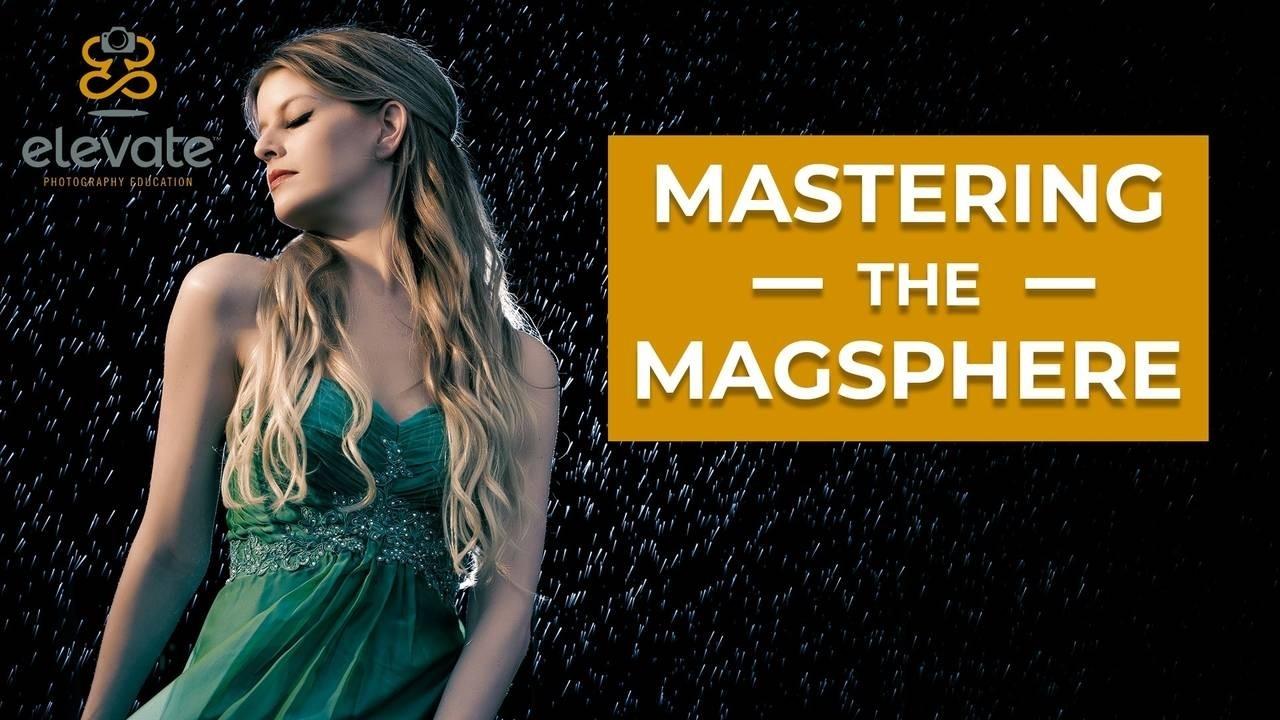Dealing with Disruption in Your Photography Business

Most photographers reading this have been photographers for less than ten years. That means that very few have operated their business through a recession. Recessions bring different economic rules and typically impact businesses the most during the first few months.
Now I want to make sure that everybody understands that I am not predicting a slowdown due to the Coronavirus; however, there is certainly the possibility that it will happen.
If you look at the stock market for the last three years, you have seen all-time highs, historic quarterly gains, and an economic boom that we have never seen in our lifetimes. The problem is that an economy like that will always have highs and lows, and at some point, if not in the immediate future, we will have a low. I will say that the potential for the Coronavirus to create a recession is exceptionally high, so if you are a photographer and a business owner, then it's time to at least give it some thought.
There are some things that yo...
4 Ways to Use the Magsphere

The Magsphere is an incredible tool that can lead to some pretty amazing images. The truth is that this tool is often used incorrectly. There is a misperception that the Magsphere will actually soften the light you are using on your subjects, and that is actually incorrect.
The Magsphere works in two distinct ways. First, it allows light to be spread out in a 360° angle. This is incredibly useful in a variety of situations. For instance, you would want to use it to make the light spread out to light up a room and increase the ambient light to flash ratio. Another way you could potentially use it would be to backlight rain or smoke as you can see in the video above.
The second way that the mag spear works is that it diffuses light coming from a speed light that uses a Fresnel lens. The light that comes from a Fresnel lens is typically specular in nature which means that it reflects highlights back from the subject into the camera. This can create unflattering portraits because it ...
Is it time to switch to Canon Mirrorless?

The mirrorless race started by leaving Canon and Nikon in the dust. There was a time not too long ago that many photographers that otherwise loved the Canon ecosystem, began leaving in droves to take advantage of the technology that Sony was giving them in their mirrorless cameras.
Canon and Nikon have responded with their own mirrorless offerings, however, upon launch they were felt with a lukewarm reception.
Canon, however, provided a firmware update that fixed the way that eye-autofocus works and gives the EOS-R a much-needed performance boost.
As I write this, we are seemingly weeks away from the EOS - R5 official announcement and the camera itself looks to be a beast.
Still, the EOS-R is an excellent camera at a great price point and it seems as if Canon has made revolutionary strides in the way of optics with their RF lens line.
We will see what the future has in store but for team red, it is certainly looking bright!
Is it time to switch to Capture One from Lightroom?
Let's face it, photographers hate Lightroom. The software is slow, not optimize for today's modern hardware, and generally has a bad user experience if you listen to the comments on the Internet. Adobe could seriously change this by just optimizing the software to work with modern hardware and offloading more tasks to a computer GPU, however for years, they've refused to do so.
Unfortunately, when Apple killed off new versions of aperture, photographers were left with very little options for the raw processing.
Now, I know that photographers who work in the fashion industry or even portrait photographers have been familiar with Capture One for a long time. The truth is, Capture One lacked many of the important features that event photographers need to process large amounts of images at a given time.
With the new release of Capture One20, many of those problems are now solved. Capture One has many new features available for photographers were processing events such as the ability ...

